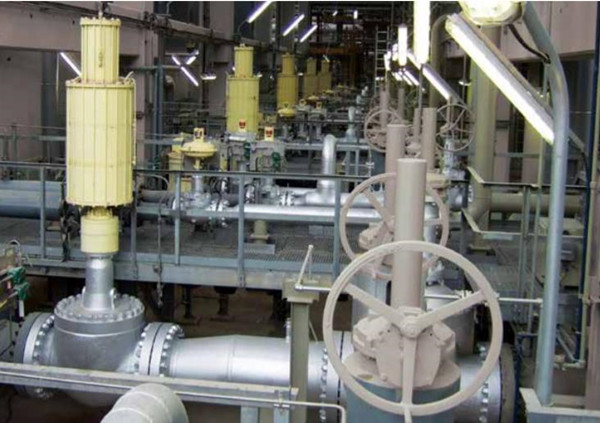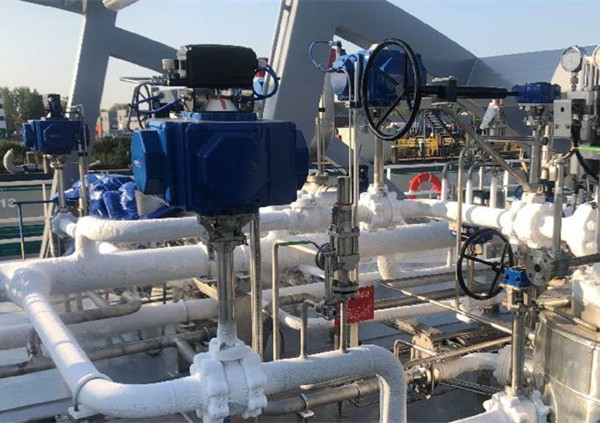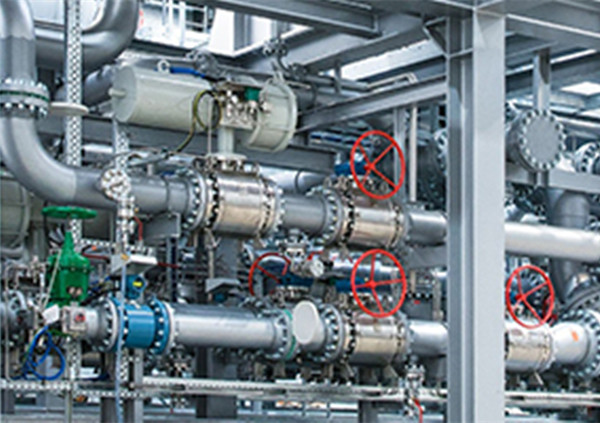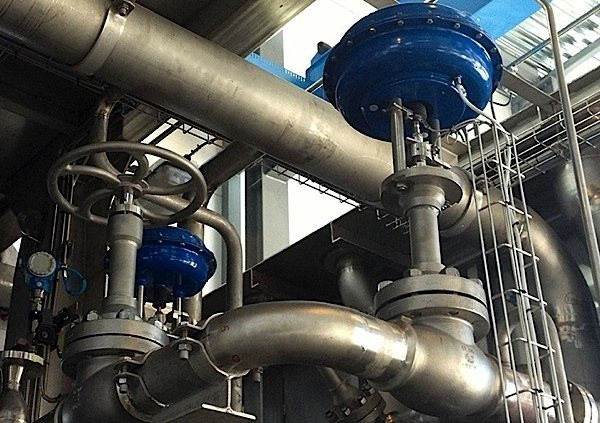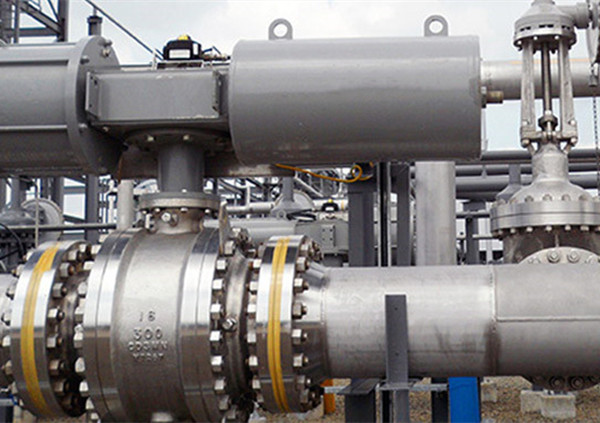
Cryogenic Valve Collection
A valve, in the basic sense, is a device used to start the movement of any kind of substances, whether gases, liquefied solids to any types of liquids. This apparatus controls the movement of the above-mentioned elements by opening, slightly blocking or completely closing various passageways. This type of device is useful in different applications, which include home use, military, business, transportation and the industrial setting. Valves are utilized in two different means; that is either by using pressure when used in the steam engine's safety control, or it can work within a regulated manner, like when valves have a chief role in the cycle control of a machine's engine such as when it is being run by a camshaft.
Cryogenic Valves
How Do Cryogenic Valves Work?
Industrial valves are designed to tolerate extreme temperature and pressure changes. While some valves are good for high temperatures, other valves have low-temperature tolerance.
A cryogenic valve is one such type of industrial valve. As the name goes, this type of valve is specially designed for very cold applications. These valves can easily tolerate extremely low temperatures and perform well in these conditions.
This type of valve is widely used in Compressed Natural Gas (CNG) or Liquefied Natural Gas (LNG) companies. Cryogenic valves are designed to work with cryogenic gases. It can easily transport and store these gases.
If you want to know more about cryogenic valves and how they work, continue reading this article.
You can click below to learn more about the XINTAI valve cryogenic valve series:
What Is A Cryogenic Valve?
If you are in the gas processing industry, you have probably heard about cryogenic valves and wondered what they are. A cryogenic valve is a special type of valve designed to reduce temperature and prevent safety hazards. Its design is unique and makes it one of a kind.
A cryogenic valve is designed for use in extremely low temperatures. This type of valve is used to transfer a liquid medium, such as liquid oxygen or hydrogen, from one point to another. It can also be used to transfer liquefied petroleum or natural gas. It can also be used to gasify a product, which can increase its volume hundreds of times. This is because it can handle pressures up to a billion pounds per square inch.
Because of its low temperature and high permeability, cryogenic valves require a special type of valve material. A typical cryogenic valve is made of stainless steel, which has an extremely low melting point. The lowest temperature of a cryogenic valve is -196°C. The temperature of the working medium is low, making it highly flammable, explosive, and toxic.
How Does A Cryogenic Valve Work?
Cryogenic valves are used in extremely low temperatures for the control of various fluids. These fluids include liquid hydrogen, oxygen, ethylene, liquefied natural gas, and petroleum. These fluids can be gasified and increased in volume hundreds of times. When using cryogenic valves, it is imperative to choose the right material for the application.
When not in use, cryogenic valves stay closed. They contain special cryogenic glass materials that have been specially made to be pliable and leak-proof. When pressure rises, cryogenic valves open. As a result, the gas flow continues until the pressure drops. The valve then latches back using a special metal seat. This valve type has excellent sealing and flow characteristics but is unsuitable for high-volume applications.
When in use, cryogenic valves must be highly reliable and safe. The working temperatures of cryogens can go as low as -260 degrees C. They also need to be easy to maintain. Depending on their application, cryogenic valves can be manually operated or powered. Whichever way you choose, they must provide exceptional sealing in the cryogenic temperature range. The seals must also be corrosion-resistant.
In recent years, a new type of cryogenic valve called a vacuum jacketed broadened hood has been developed to meet a legitimate need. Cryogenic valves have multiple parts, each with different properties, which cause different rates of expansion and contraction. Because of this, they are important for preventing cryogen leakage. Furthermore, because the components of cryogenic valves are made from diverse materials, they are insulated to ensure safety.
Benefits of Using a Cryogenic Valve
There are several benefits to using a cryogenic valve in your process. These valves have special features that help to minimize product loss due to conductive heat transfer. These valves also feature vacuum jacket technology. You can choose the valve type that best suits your process. If you're considering purchasing a cryogenic valve, read on to learn about the features and benefits that make them a good choice. You'll be glad you did!
The most obvious benefit is safety. Cryogenic gasses are extremely sensitive to temperature. While it may seem like they won't cause any problems for normal valves, they can do serious damage to piping and equipment. Standard valves don't handle cryogenic gas conditions well and can break under extreme temperatures. Because of this, cryogenic valves are designed to handle the coldest gasses safely. Cryogenic valves are available in five different styles.
These valves offer a wide range of benefits. They can be used in a variety of applications. For example, they can be used in LNG terminals, shipping, tankers, dispensers, and GVU engines. They're also available for top-entry applications. Each type has different advantages. Some of these benefits include reduced cost, reduced travel volume, and improved safety. The type of valve you choose should be based on the specific application you need to use it for.
Cryogenic treatment offers a permanent change to the microstructure of metals, which makes them less prone to electronic noise and improves valve performance. These benefits can only be obtained from using a cryogenic valve, so you'll need to consider your situation before buying one. So, if you're interested in buying a cryogenic valve, read on to learn about its features and benefits.
Cryogenic valves can be used for high-pressure drops and are also available in large sizes. Because they handle high-pressure drops and can be sized to meet your needs, cryogenic valves can be a good choice in up-scaled process plants. Cryogenic valves can also be used in applications that involve cavitation and damage caused by high pressures. The seat-plug design helps minimize cavitation damage.
The bidirectional floating ball valve is another advantage of a cryogenic valve. Unlike other types, this valve is smaller and less complicated, which can help lower your overall system costs. This is why the bidirectional cryogenic valve is so popular in LNG applications. Its bidirectional design allows it to seal in both directions and maintain full-rate pressures. When empty, it develops back pressure on the downstream side, allowing you to shut off the gas without causing any damage to the valve.
Besides its ability to withstand higher pressures, the cryogenic insulation also provides better efficiency within the valve. With the cryogenic insulation, the liquid stays in its liquid state longer, reducing pressure losses. This prevents gasification, which decreases the storage capacity and ultimately reduces the overall production of the plant. Once the process is complete, the cryogenic valve will be an excellent investment for your company.

About XINTAI
XINTAI VALVE GROUP CO., LTD. was founded in 1998, is a professional valve manufacturing company that conjoins R&D, casting, development, production and sale. The Group's headquarters is located in the Longgang Airport New District, Wenzhou, and is centered on research and manufacturing technology.
The factory covers an area of approximately 30,800 square meters. The two major bases for casting were respectively located in the central industrial zone of Longwan District, Wenzhou, with an area of 9,800 square meters. Longwan Airport New Area Casting Base in Wenzhou, with an area of 28,000 square meters. The existing staff of 578 people, including high and mid-level engineering and technical personnel 58 people, mainly in oil, natural gas, chemical, power stations, metallurgy, national defense, water conservancy projects, pharmaceuticals and other fields.

Cryogenic Valve Inspection Report
We will issue an inspection report like this before all orders ship. The basic inspection steps include a visual examination, dimension check, witnessing test, painting check, packaging check, then issuing the finished test report. We can also carry out special tests according to customer requirements.
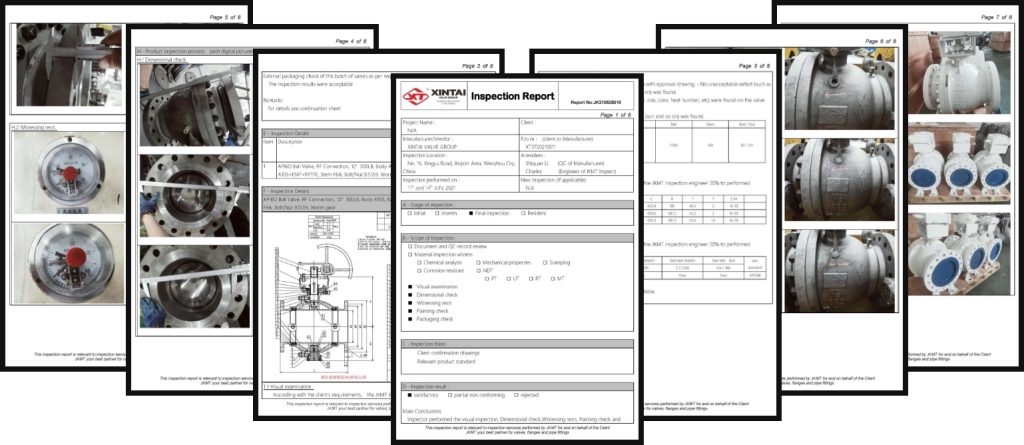
Our Team
We Will Serve You With The Best of Our Capacity By Expert Team
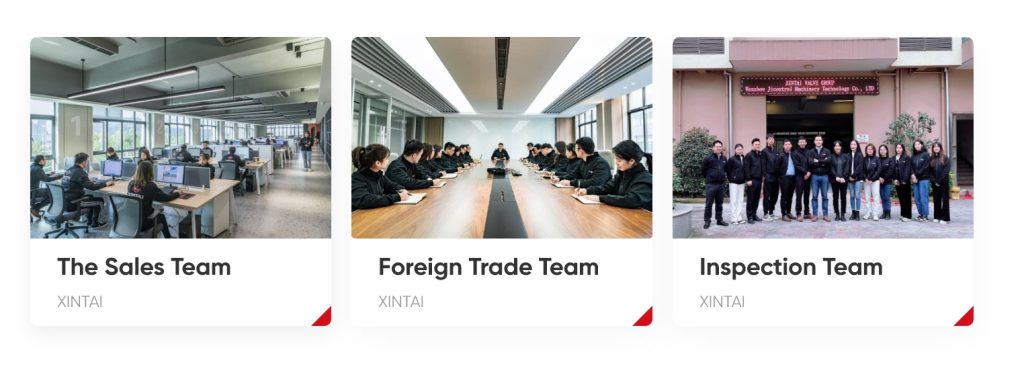
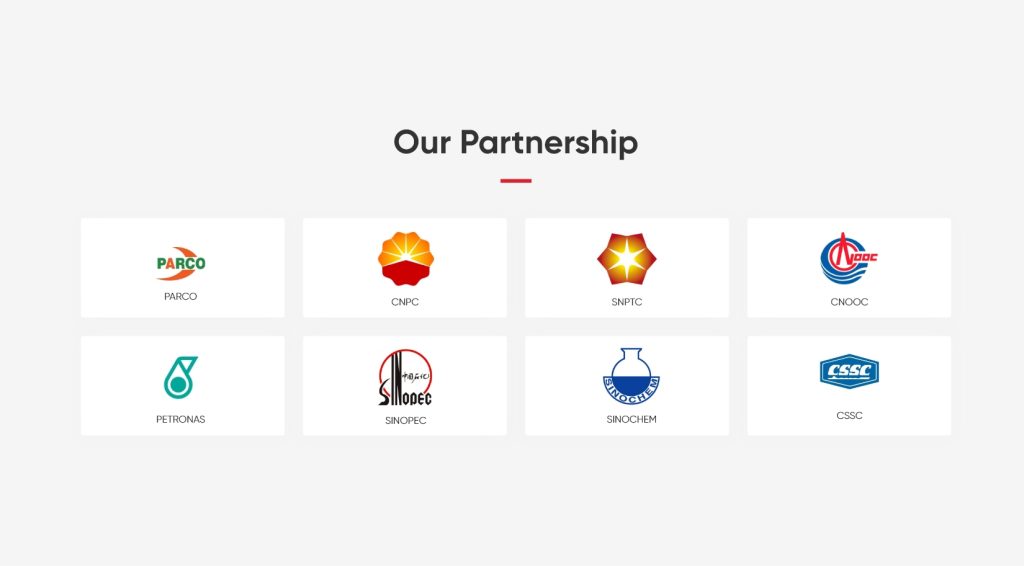
We are prestigious manufacturer and supplier of Industrial Casting Cryogenic Valves in Wenzhou.
XINTAI is registered with the following governmental agencies:
American Petroleum Institute(API) No. 6D-1778
Quality Management System Certificate of Approval (ISO9001:2015)
Certificate of Quality System Approval(CE) No. HPiVS-IP1001-015-Q-04-00
Certification of Registration( OHSAS18001) No.86185710109S


We design, engineer and produce your tailor-made valves.
The Best Solution for Oil& Gas industry
Serving an impressive list of long-term clients with experience and expertise in industries.

Valve Maintenance Guide
1. Valves stored for future use should be examined periodically. Their machining surfaces exposed to air have to remain clean. For ball valves, ports of either side should be stuffed and stored in open position. For gate valves, globe valves and check valves, ports of either side should also be stuffed, but stored in close position. Please put the valves in the indoor cool place. Don't pile them up in mess and store outdoors.
2. Prior to installation, please check the pressure mark on the valves and see whether the port meet your application requirements. Take care of the delivery process to avoid impact that causes defections.
3. For installation, direct connect the valves to the pipeline at any position that is easy to operate and maintain. Please note that the flow direction of the medium inside globe valves goes from lower position to the higher position. Lift check valve is only allowed to install horizontally.
4. When operating ball valves, check valves and gate valves, only fully open or fully close is allowed. Don't take them as throttle valves because it will make sealing face worn by fluid, accelerating abrasion. There are back seal devices inside the gate valves and outside screw check valves. So rotating handwheel to extreme upper position can prevent the medium from leakage.
5. Use hand wheels to open and close ball valves, check valves and gate valves. Don't use leverage or other tools which may damage the components. Turn handwheel clockwise to close the valves, and turn handwheel counterclockwise to open the valves.
6. Turn the packing gland nuts evenly to avoid stem wear or tear. The stem damage will cause movement or leakage problems.
7. Always keep the valves clean during usage. The transmission screw must be lubricated periodically. When malfunction occurs, stop operating right away, figure out the problems and fix it.
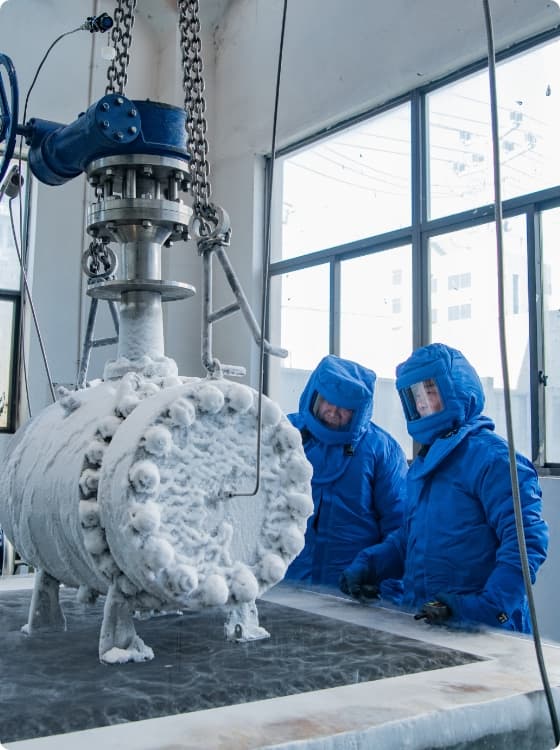
Contact Us
If you want to get a quotation or more product details, please leave us a message.








